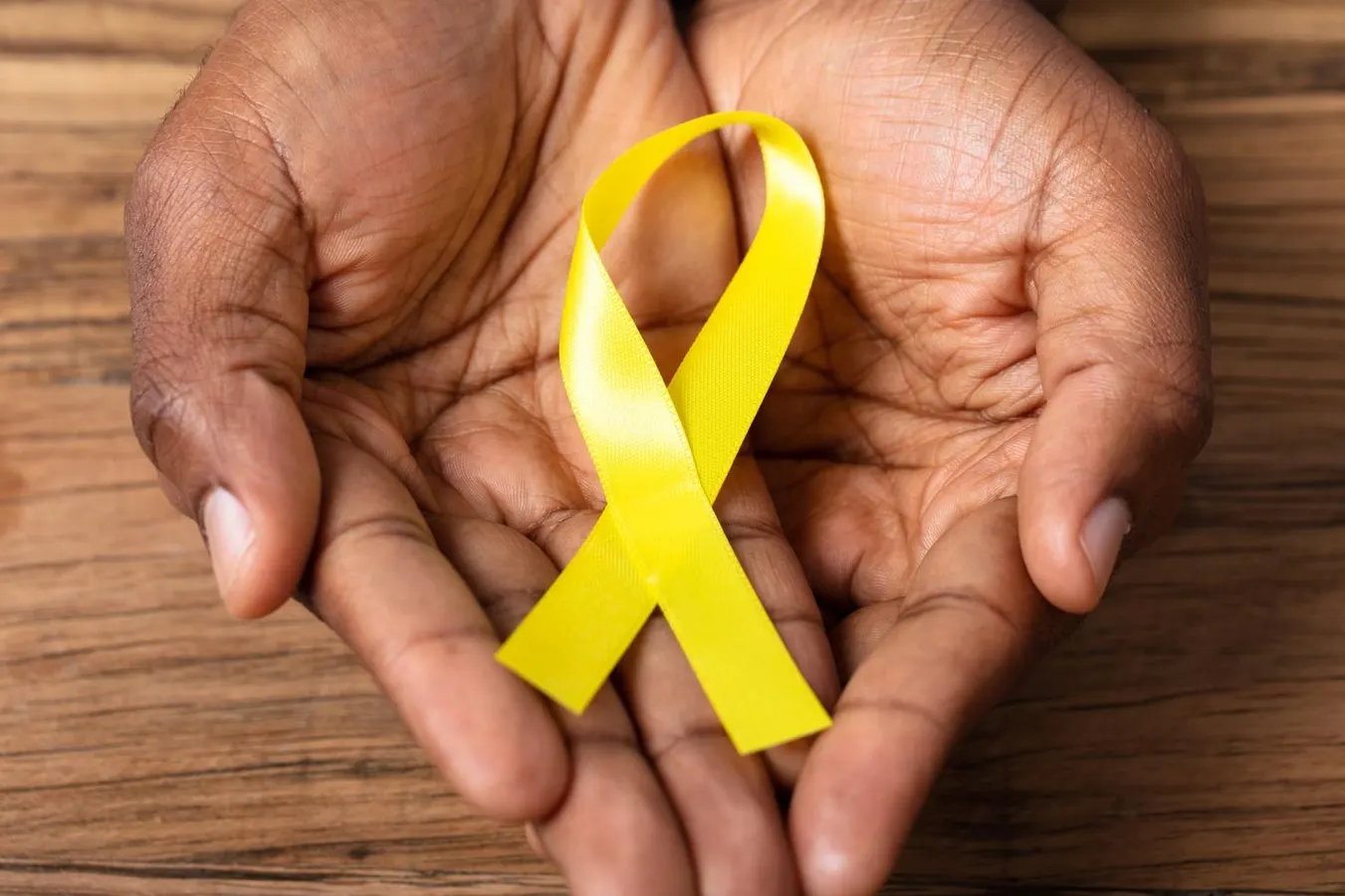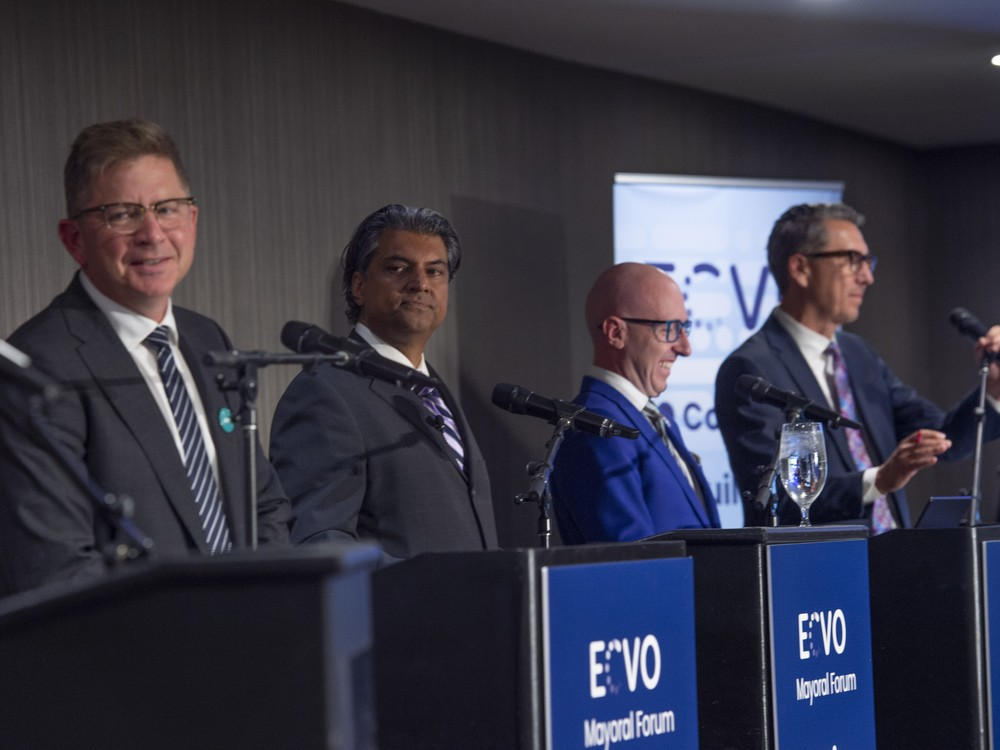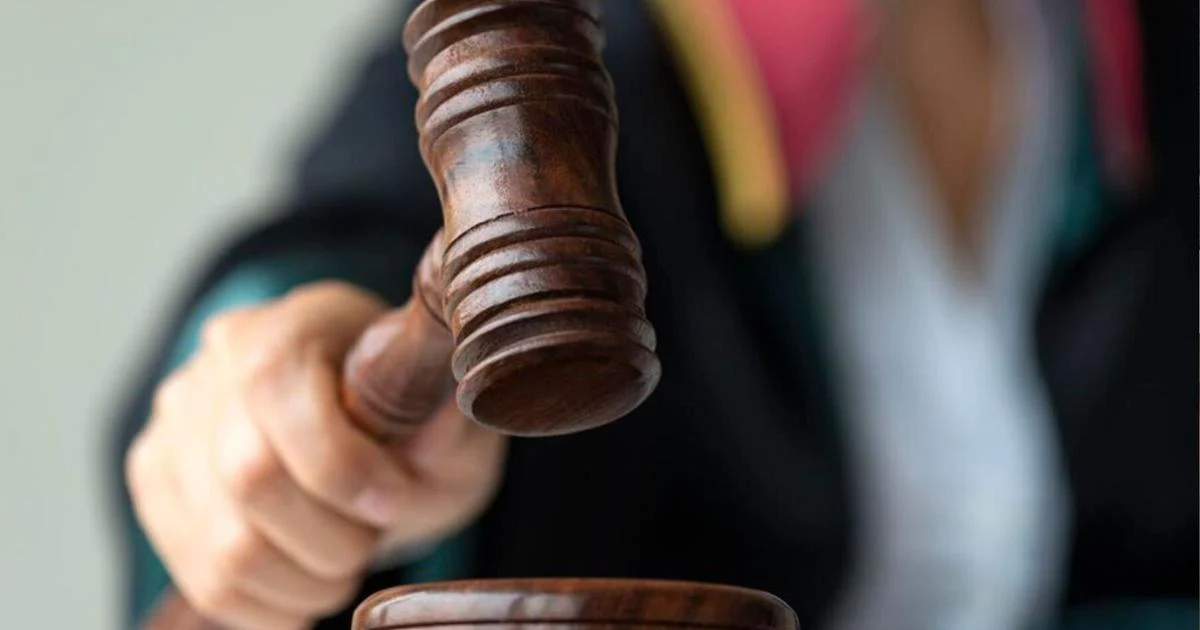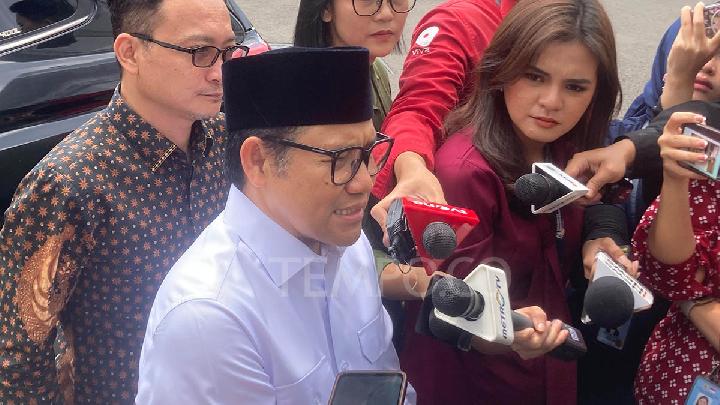By Contributor,Eric Wood
Copyright forbes

hands holding yellow ribbon for suicide prevention
Earlier this month, a report on Forbes.com outlined how confusion about DEI bans are affecting suicide prevention efforts, even prevention efforts that are endorsed by the federal government. Part of this confusion is addressing how certain demographic groups are at higher risk for suicide. Martha Thomas is the Co-founder and Chief Education Officer for The Defensive Line. After losing her daughter, Ella, to suicide, Martha and her family launched The Defensive Line to raise awareness for suicide prevention, especially for underserved communities and Black and Brown youth who face significant mental health disparities.
Over the last four years, the Thomas family has traveled around the country sharing their story of loss from suicide to over 80 schools, companies, and organizations. They developed a two-hour training course called the DLINES Suicide Prevention training workshop, which is designed to help recognize symptoms of a mental health crisis, understand their impact of suicide, and develop practical strategies for intervention and support. A key component of these workshops is incorporating both experts and those with lived experiences related to suicide. As Martha commented, “Personal stories will humanize the subject matter and provide participants with concrete examples of overcoming mental health challenges.”
The Defensive Line has been widely recognized for their efforts. In 2025, Martha won the D Magazine CEO’s nonprofit and corporate citizenship award for leadership excellence. Martha’s husband, Chris Thomas, is an executive committee member for the National Action Alliance for Suicide Prevention. In 2019, their son, Solomon Thomas, was featured on ESPN.com for his passionate fight against suicide prevention. Solomon has also been nominated for the Walter Payton Man of the Year award.
The Need To Target Underserved Communities
According to Martha, it’s vital to highlight underserved communities, particularly Black and Brown youth. She said, “By focusing on these communities, we aim to address the unique cultural, social, and economic challenges they encounter.” She emphasized that to reach these higher-risk groups, trainings must be culturally relevant, by including personal stories and experiences from Black and Brown individuals; accessible, by offering programs in both English and Spanish; and focus on empowerment, by training a network of facilitators within these communities.
Outcomes from The Defensive Line’s workshops showed that 94% of participants said they felt comfortable having a mental health-related conversation, 98% of participants felt the training helped them create action steps to support their students’ mental health, and the comfort level of participants in identifying signs of mental health challenges increased by 57%.
MORE FOR YOU
Engaging With Underserved Communities
According to an updated 2025 report by the Pew Research Center, suicide rates among Black youths are increasing faster than other racial and ethnic groups. This report indicated that the suicide rates of Black adolescents rose 144% from 2007 to 2020, even though the overall youth suicide rate is trending downward. The report argued that a major risk factor is that Black youths are significantly less likely than peers in other demographics to receive mental health care.
Martha commented that suicide prevention efforts include more than relying on mental health professionals. She stated, “Current intervention services are insufficient; a shift towards prevention is crucial. To combat this crisis, we must change societal norms, combining research, advocacy, education, and funding for a multifaceted approach to suicide prevention.”
Though a 2025 report on NBCnews.com suggested that Americans are deeply divided on DEI programs, public perception polls, such as the 2024 Public Perception of Mental Health and Suicide Prevention Poll, consistently show that Americans have positive attitudes and strong interest in supporting suicide prevention efforts. Thus, organizations such as The Defensive Line are filling an important gap by working with underserved communities to save lives.
Editorial StandardsReprints & Permissions



